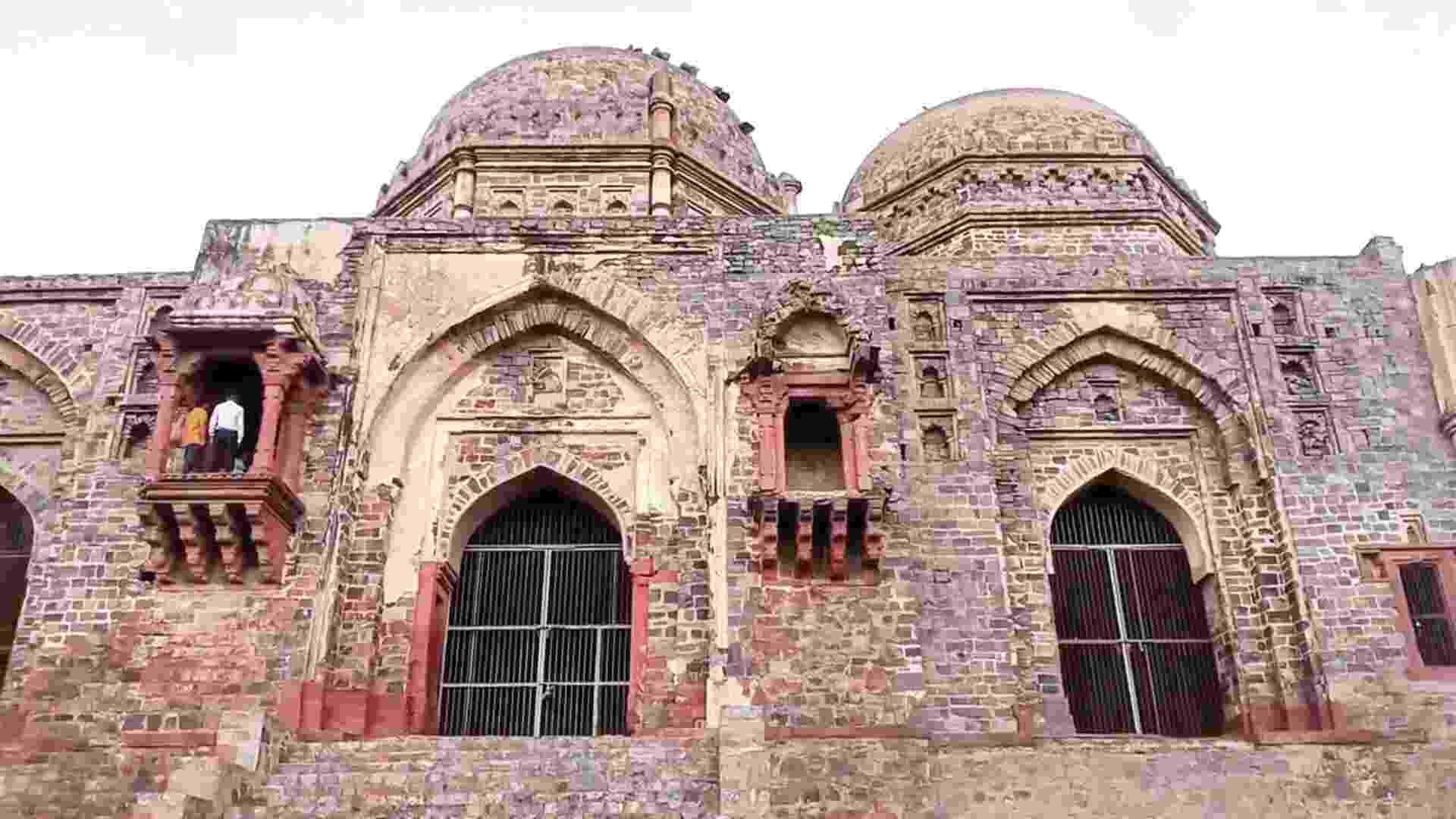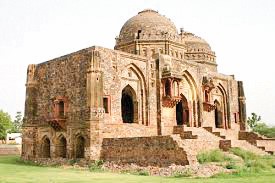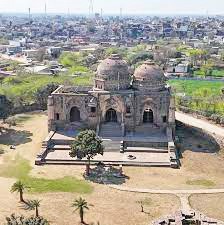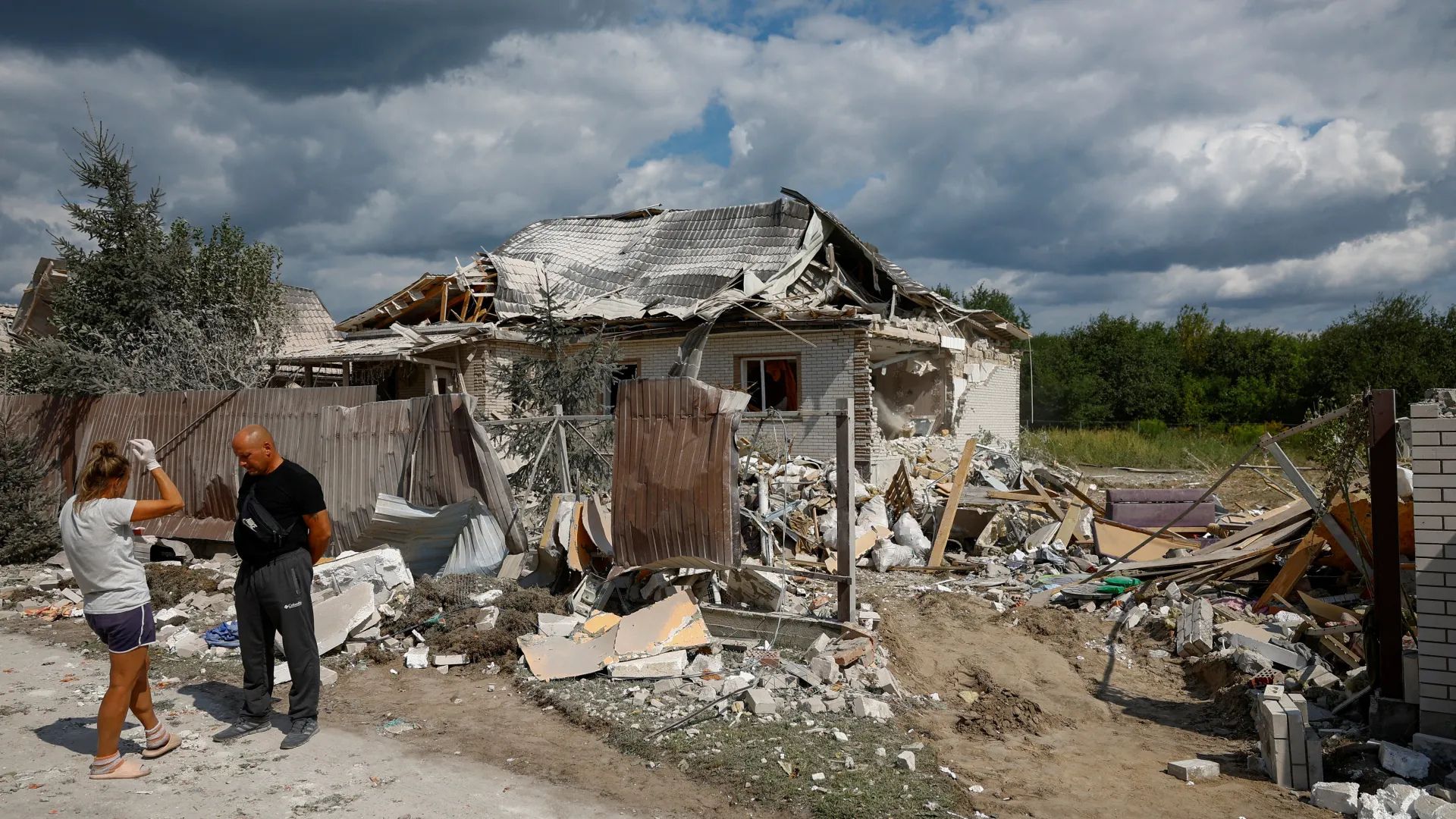
India’s rich Islamic legacy is shown by an unseen architectural work of art located in Alwar, region of Rajasthan. The more well-known historical landmarks have long overtaken Tijara’s Lal Masjid, or Red Mosque. But the red jewel has been back in the limelight because to the curiosity of historians and fans of architecture, who have discovered a building that not only looks amazing but also provides an engrossing glimpse into the past of the area.
A Historical Landmark in the Terrain of Tijara
The Lal Masjid rises from the eastern fringes of Tijara Town and is situated around 55 kilometers away from the busy metropolis of Alwar. Its stunning red sandstone exterior is a landmark of historical and architectural significance in the area, standing in stark contrast to the surrounding parched terrain.

Architectural Wonders and Mysteries
The mosque’s architecture illustrates the cultural fusion that was common throughout its construction, with Islamic and regional architectural traditions harmoniously blended together. Four massive minars, one at each corner of its rectangular framework, give it a symmetrical appearance that has lasted the test of time.
The Lal Masjid’s array of arched doors may be its most remarkable feature. In addition to providing entry to the mosque’s interior, these elaborately carved doors are magnificent representations of the era’s artistry. Visitors enter a large hall through the three major arched doors, which formerly housed three spectacular domes.
The Mystery of the Fallen Dome
While two of the original domes continue to grace the mosque’s skyline, the southern dome has succumbed to the ravages of time. This missing piece of the mosque’s crown has sparked numerous debates among historians and conservationists. Some argue that its collapse is a natural consequence of age and environmental factors, while others suggest it may have been deliberately removed or damaged during periods of political upheaval.
Dr. Amita Sinha, a leading archaeologist specializing in Rajasthani architecture, shares her perspective: “The fallen dome of Lal Masjid is not just a structural loss; it’s a missing chapter in the building’s history. Its absence raises questions about the mosque’s past and the events that may have led to its partial destruction.”

Decoding Ancient Inscriptions
One of the most intriguing aspects of the Lal Masjid lies within its walls. Faint Arabic inscriptions, barely visible to the naked eye, adorn the plastered surfaces in the northern part of the main hall. These enigmatic writings have captivated scholars and visitors alike, offering tantalizing clues about the mosque’s origins and the messages its builders sought to convey.
Professor Rahul Mehta, an expert in medieval Indian epigraphy, has been studying these inscriptions for the past three years. “Deciphering these faded texts is like solving a complex puzzle,” he explains. “Each word we manage to read sheds light on the mosque’s history, its patrons, and the spiritual teachings they wanted to impart.”
While the full content of the inscriptions remains a mystery, preliminary findings suggest they include Quranic verses, the names of important Islamic figures, and possibly the date of the mosque’s construction or major renovations.

A Day in the Life of Lal Masjid
Despite its historical significance, the Lal Masjid continues to serve as an active place of worship for the local Muslim community. From sunrise to sunset, the mosque’s doors remain open, welcoming both devotees and curious visitors.
Imam Abdul Rashid, who has been leading prayers at the mosque for over two decades, speaks fondly of the building’s dual role: “Lal Masjid is not just a historical monument; it’s a living, breathing part of our community. Every day, I see the wonder in people’s eyes as they enter – some come to pray, others to admire the architecture, but all leave with a sense of peace and connection to our shared heritage.”
Preservation Efforts and Future Prospects
The renewed interest in Lal Masjid has not gone unnoticed by local authorities and conservation organizations. The Rajasthan State Archaeology and Museums Department has recently announced plans for a comprehensive restoration project aimed at preserving the mosque’s structural integrity and enhancing its visibility as a tourist attraction.
Deepak Sharma, a senior official with the department, outlines the ambitious plans: “Our goal is to restore Lal Masjid to its former glory while ensuring it remains an active place of worship. This includes stabilizing the remaining domes, cleaning and preserving the intricate stonework, and creating informative displays to educate visitors about the mosque’s history and significance.”
The project also aims to address the long-standing mystery of the fallen southern dome. Using advanced archaeological techniques and historical research, experts hope to determine the cause of its collapse and potentially reconstruct it using traditional methods and materials.
A Bridge Between Cultures
As news of the Lal Masjid’s rediscovery spreads, it has begun to attract visitors from diverse backgrounds, serving as a bridge between cultures and religions. Tour guide Priya Mathur, who regularly brings groups to the site, notes the mosque’s unifying effect: “I’ve seen people from all walks of life find common ground here. Whether they’re drawn by the architecture, the history, or the spiritual atmosphere, Lal Masjid has a way of bringing people together in appreciation of our shared cultural heritage.”
This sentiment is echoed by Dr. Farooq Ahmed, a historian specializing in Indo-Islamic architecture: “Structures like Lal Masjid are crucial in understanding the syncretic nature of Indian culture. They remind us that our history is not divided into neat categories of ‘Hindu’ and ‘Muslim’ but is a rich tapestry woven from many threads.”
As restoration efforts get underway and word of Lal Masjid’s beauty spreads, there is hope that this hidden gem will soon take its rightful place among Rajasthan’s premier historical sites. Local tourism officials are already developing plans to incorporate the mosque into cultural heritage tours, potentially bringing economic benefits to the Tijara region.
However, with increased attention comes the challenge of balancing preservation with accessibility. Conservation architect Sneha Patel emphasizes the need for sustainable tourism practices: “We must ensure that as more people discover Lal Masjid, we have measures in place to protect its delicate features. This includes controlling visitor numbers, implementing non-invasive viewing platforms, and educating tourists about the importance of respecting historical sites.”
As the sun sets over Tijara, casting a golden glow on the red sandstone walls of Lal Masjid, one cannot help but feel a sense of awe at the enduring legacy of this architectural marvel. More than just a building, it stands as a silent witness to centuries of history, a place where art, faith, and culture intertwine.
The story of Lal Masjid is far from over. As researchers continue to unravel its mysteries and conservationists work to preserve its beauty, this crimson gem of Tijara promises to enchant and educate generations to come. In a world often divided by differences, Lal Masjid serves as a powerful reminder of the unifying power of shared heritage and the timeless appeal of human creativity.















